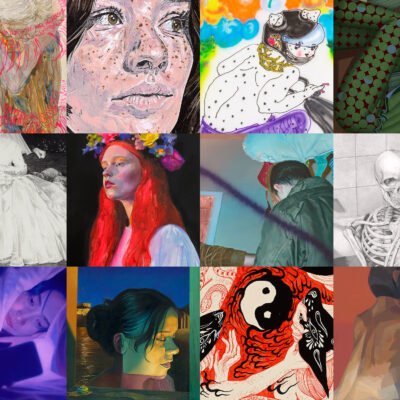Perspective Play: Insights Transforming eLearning
Stray breaks the mold of traditional video game protagonists by placing players in the paws of a cat. This choice transforms the exploration of its rich, dystopian world into a unique experience, highlighting the importance of perspective in shaping our interactions and understanding. By examining Stray’s exploration from a cat’s perspective, we uncover innovative approaches to eLearning that foster engagement.
Deepening Empathy Through Perspective-Taking
Stray immerses players in the experience of a cat navigating its world, a choice that not only alters gameplay mechanics but also the emotional resonance of the exploration. By embodying a cat, players gain insights into a nonhuman perspective, navigating the environment with agility and experiencing the world from the ground up. This shift in viewpoint encourages players to engage with the game world more thoughtfully, noticing details and challenges they might overlook from a human perspective.
eLearning Application: Cultivating Empathy Through Role Reversal
Incorporating this approach into eLearning, we can design scenarios that require learners to step into the shoes of others, fostering empathy and a deeper understanding of diverse perspectives. This method can be particularly impactful in courses focused on social issues, healthcare, customer service, and leadership.
For example, in a course on healthcare, learners could navigate a module from the perspective of patients with different conditions and backgrounds. Through interactive scenarios, they would face the physical and emotional challenges these patients encounter daily, from navigating healthcare facilities to communicating their needs and concerns to healthcare providers. This role reversal not only enhances understanding of the patient’s experience but also encourages healthcare professionals to consider how their actions and attitudes affect patient care and outcomes. In a course on cultural studies, learners could be tasked with exploring a topic not from their own cultural standpoint but from that of another culture. This could be facilitated through a simulated environment where learners navigate scenarios or challenges faced by individuals from different backgrounds, promoting empathy and a deeper understanding of the subject matter.
Expanding Perspective To Build Empathy
Building on the concept of exploration from new perspectives, eLearning can also utilize interactive narratives and simulations that challenge learners to make decisions based on limited or differing viewpoints. For instance, an eLearning module on global environmental issues could present challenges from the perspectives of various stakeholders, including policymakers, local communities, and environmental activists. By exploring the issue from each viewpoint, learners can appreciate the complexity of environmental decision-making and the importance of balancing diverse needs and priorities.
Deep-Dive Example: From Game To Learning Scenario
In Stray, players might need to solve puzzles or find pathways that are only accessible due to the cat’s unique abilities, such as tightrope-walking on power lines or squeezing through narrow gaps.
An eLearning equivalent could be a business ethics course where learners are placed in role-playing scenarios requiring them to navigate ethical dilemmas from the perspective of different stakeholders (e.g., employees, management, local communities). This approach not only teaches ethical principles but also deepens comprehension by forcing learners to consider the impact of business decisions from multiple viewpoints, similar to how Stray encourages players to navigate its world through the cat’s unique perspective.
Practical Steps For Implementation
- Scenario-based learning: Create detailed scenarios that immerse learners in the perspectives of different characters or stakeholders, complete with background stories, objectives, and challenges specific to each viewpoint.
- Interactive simulations: Leverage technology to build simulations that mimic real-world environments and situations, allowing learners to explore and interact with the course content from multiple perspectives.
- Reflective activities: Incorporate activities that prompt learners to reflect on their experiences, discussing how exploring different perspectives changed their understanding or approach to a problem.
- Feedback loops: Provide constructive feedback on the choices learners make during perspective-taking exercises, highlighting the implications of their decisions and encouraging further reflection and learning.
Conclusion
Stray demonstrates the power of perspective in transforming our experience and understanding of the world around us. By adopting this principle in eLearning design, we can create courses that not only educate but also engage learners on a deeper level, encouraging them to see the world through new eyes. Just as Stray enriches the gaming experience by adopting a cat’s viewpoint, eLearning can benefit from incorporating diverse perspectives, making learning more immersive, relatable, and effective.




